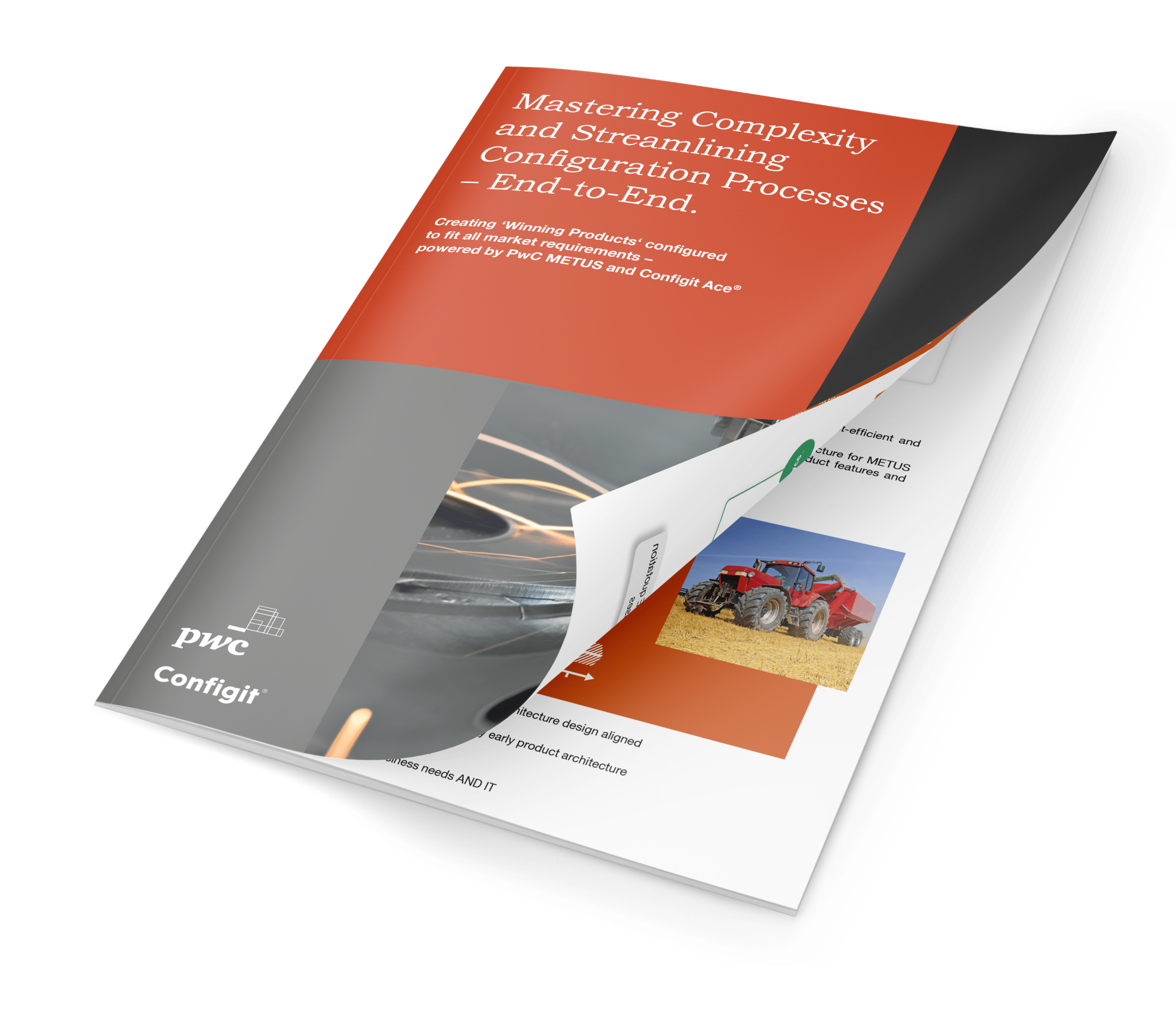- Driving greater revenue from new product introductions is more achievable when product knowledge permeates every aspect of manufacturing.
- Incomplete, inefficient and obsolete systems are the cause of many product and service quality problems today.
- 70% of a new product’s cost is defined before the conceptual design phase is complete, according to a Gartner survey on lifecycle costing.
- Always looking for new business model ideas and more efficient ways to create them, many manufacturers are combining Enterprise Resource Planning (ERP), Product Lifecycle Management (PLM) and Customer Relationship Management (CRM) systems to gain greater customer- and product-driven ideas.
2018 will be the year manufacturers move beyond the constraints of legacy systems and embrace a more agile, open, Application Programming Interface API)-driven approach to get the most out of their data. Legacy systems aren’t scaling fast enough to keep pace with how fast customer preferences, purchasing criteria and customized product configurations are changing.




